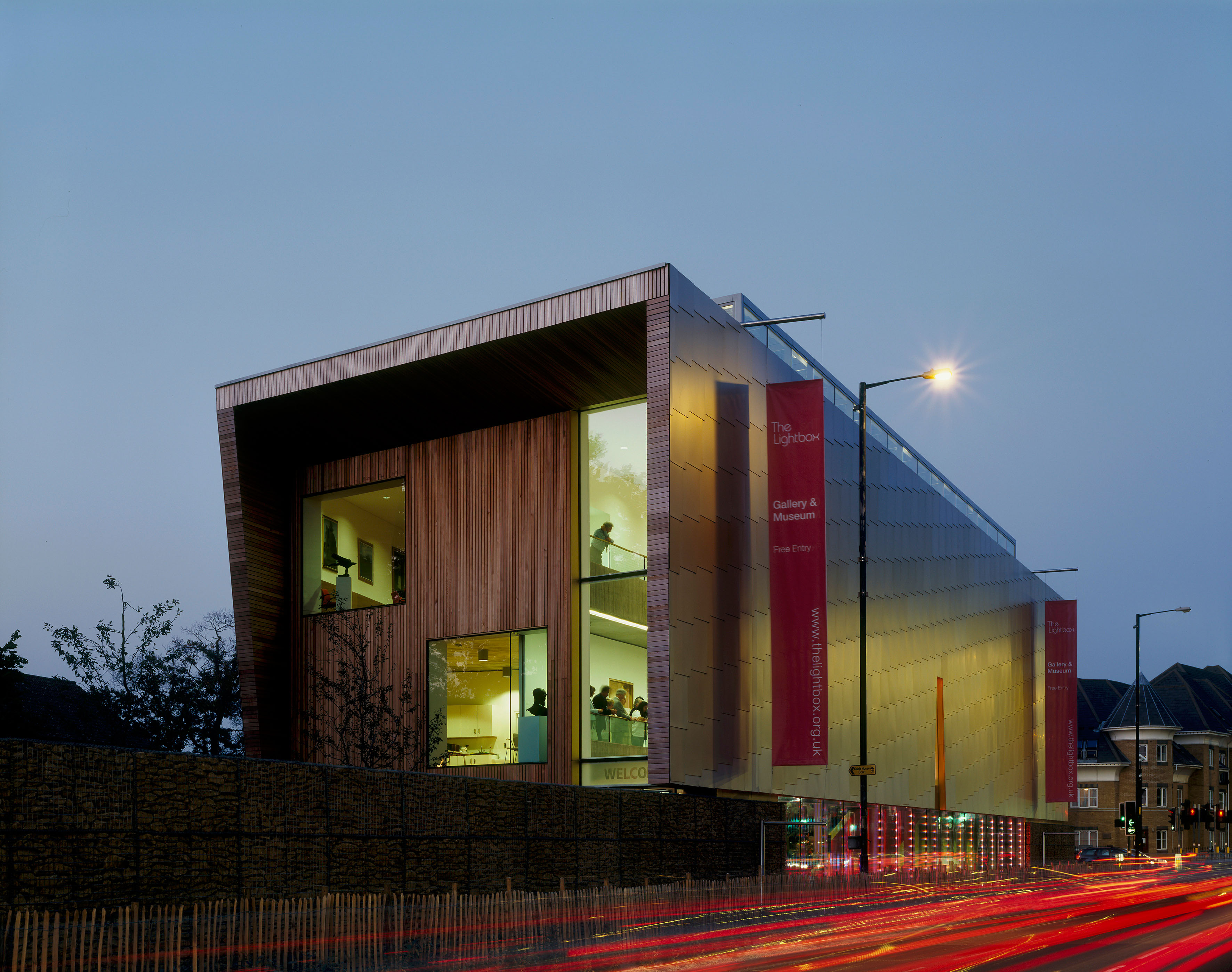
There’s a reason why arts programs are beneficial to Chicago communities and our youth.
A 2013 study published in the Journal of Health Psychology shows individuals with long-term mental health problems who participated in a 2-year community arts project improved their self-worth, management of mental health, their sense of belonging, acquisition of valued skills, and meaningful occupation routines. Is it really any wonder that 80% of Urban Gateways students improved their engagement in school and their focus in the classroom?
Of the 25 participants in the art project, eight participants were recruited for the study—5 men and 3 women between the ages of 39-65 years old, with a median age of 45 who lived with mental health problems like depression, anxiety, and schizophrenia. It examined their perceptions of their participation in the museum exhibit, Ways of Seeing (WOS), a community-based arts project at the Surrey Lightbox in the United Kingdom. Participants were given artwork from the Ingram art collection and created artistic responses to the selected pieces. Professional artists trained participants through skills workshops.
The study found that participants discovered that they still have artistic abilities, gaining a new sense of confidence. They felt less stigmatized, more valued and connected with the world, and were encouraged to find occupations outside of the project. Many of the participants felt they were living isolated lives, and that the project enabled them to connect with others outside of the mental health setting. They learned to be more tolerant of others and felt accepted in return. Teachers and artists were a source of motivation and inspiration for them to learn new skills. Overall, participants felt they were people first and foremost before their illnesses.
Despite social pressure, physical difficulties, and anxiety over the arrival of the end of the project, the value of the exhibition, and physical limitations for some participants to attend every session, art therapy allowed them to feel newly connected with the world and welcomed into it despite their mental disabilities.
If art therapy can reopen the world to individuals with mental health issues, what can the arts additionally do for our youth? Engaging youth in arts education may also improve their confidence, tolerance of each other, and motivation! There is a value to arts education and arts programs that can complement additional learning and success.
Source: Lawson, J., Reynolds, F., Bryant, W., & Wilson, L. (2014). ‘It’s like having a day of freedom, a day off from being ill’: Exploring the experiences of people living with mental health problems who attend a community-based arts project, using interpretive phenomenological analysis. Journal of Health Psychology, 19(6), 765-777.
